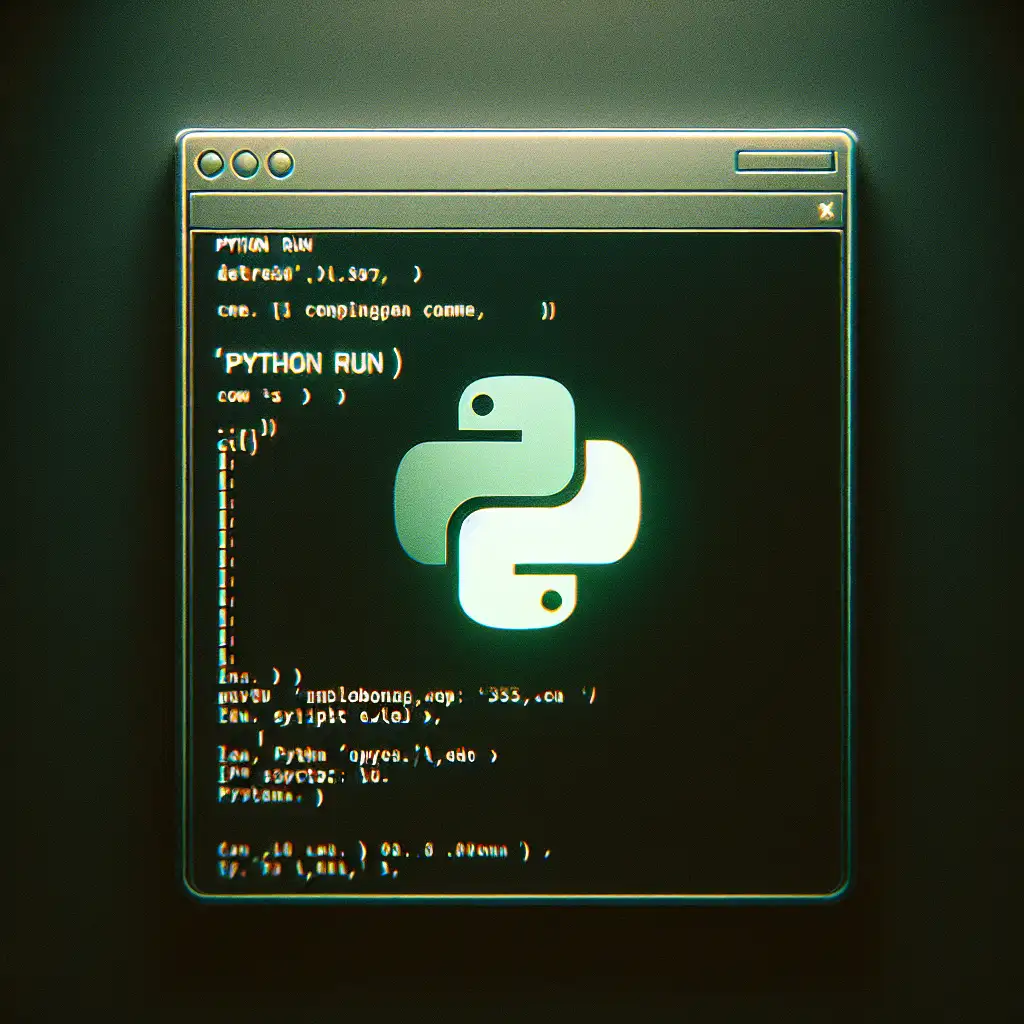Mastering Python Execution: The Definitive Command to Run Python Files in Terminal
Forget the typical “just run python filename.py” approach. If you want to elevate your efficiency and avoid common pitfalls, it’s time to dive deeper into the nuances of running Python scripts from the terminal. Whether you’re a developer, data scientist, or automation engineer, mastering this single command is foundational. It streamlines your workflow, reduces errors, and unlocks powerful scripting potentials critical for professional-level Python work.
Why Terminal Execution Matters
Running Python scripts via the terminal is more than just typing a command and hitting enter — it’s about controlling the environment, managing dependencies, handling different Python versions, and ensuring your script runs predictably every time. While IDEs and editors provide convenience, the terminal is your ultimate control center that works everywhere.
The Basic Command: python filename.py
At its core, executing a Python script in the terminal involves:
python filename.py
Here, python launches the interpreter, and filename.py is your script.
Example:
python hello_world.py
Output:
Hello, World!
Simple enough. But—and this is important—there are many variations and details worth understanding.
Common Variations & Best Practices
1. Use python3 Instead of python
On many systems (like Linux or macOS), both Python 2.x and 3.x may be installed simultaneously. The command python might default to Python 2 if it’s still present. Since Python 2 is deprecated (end of life since 2020), it’s best practice to explicitly call:
python3 filename.py
Example:
python3 my_script.py
To verify which version you are using:
python --version
# or equivalently
python3 --version
2. Make Script Executable with Shebang (Linux/Mac)
For ease of use in Unix-like systems, add a shebang line at the top of your script to specify which interpreter to use.
At the top of your .py file:
#!/usr/bin/env python3
Make the file executable:
chmod +x filename.py
Now you can run it directly without typing python:
./filename.py
This method avoids issues with differing python paths on various systems.
3. Use Virtual Environments to Avoid Dependency Issues
When working on different projects requiring different libraries or package versions, virtual environments are essential.
Create one with:
python3 -m venv myenv
source myenv/bin/activate # On Windows: myenv\Scripts\activate.bat or myenv\Scripts\activate.ps1 for PowerShell
Run your script after activating:
python filename.py
You know scripts run in an isolated environment matching project needs.
4. Pass Arguments to Your Script
Often you’ll want to pass arguments via terminal for dynamic behavior.
Example Python script (greet.py):
import sys
name = sys.argv[1] if len(sys.argv) > 1 else "World"
print(f"Hello, {name}!")
Run with an argument:
python greet.py Alice
# Output: Hello, Alice!
Run without argument:
python greet.py
# Output: Hello, World!
This is a simple but powerful way to customize program execution.
Environment-Specific Tweaks & Troubleshooting
-
Windows users: Use PowerShell or Command Prompt. For Python installed from Windows Store or installer, you may need to call explicitly:
py filename.py # The launcher often manages multiple versions. -
PATH issues: If running
pythonorpython3complains about command not found:Check if Python's install directory is added properly to your system PATH variable.
-
Running scripts from different directories: You don’t need to be inside the script folder.
Example:
python /full/path/to/script/filename.py -
Execute Python code inline:
Sometimes quick commands are needed without writing files.
python -c "print('Hello from inline')"
Summary: What Every Python Pro Should Know About Running Scripts in Terminal
| Scenario | Command Example | Notes |
|---|---|---|
| Run basic script | python3 filename.py | Explicit Python version use |
| Make executable (Linux/Mac) | Add shebang + chmod +x file.py, then ./file.py | Avoids repeatedly typing python |
| Activate virtual environment | source venv/bin/activate | Isolates dependencies per project |
| Pass arguments | python3 greet.py Alice | Use sys.argv inside scripts |
| Quick one-liner code execution | python -c "print('Hi')" | Useful for testing small snippets |
Final Tips for Mastery
- Always verify which version of python you are running.
- Use virtual environments religiously.
- Add executable permission and shebang if frequently running a specific script.
- Explore tools like IPython for interactive execution.
- Automate repetitive runs with shell scripts once comfortable enough.
Master this single command—and its nuances—and watch how much smoother your development and automation experience becomes. Terminal mastery someday saves hours of debugging headaches; consider this post your first step!
Happy scripting! 🚀🐍
